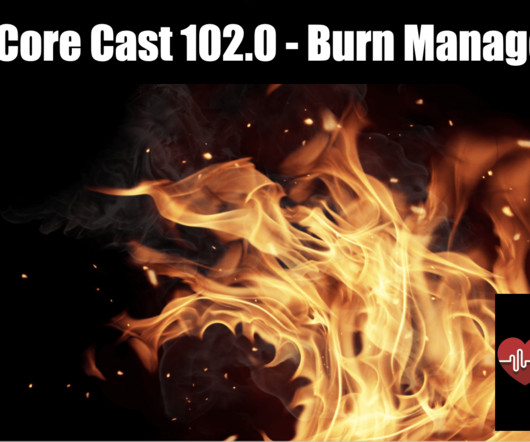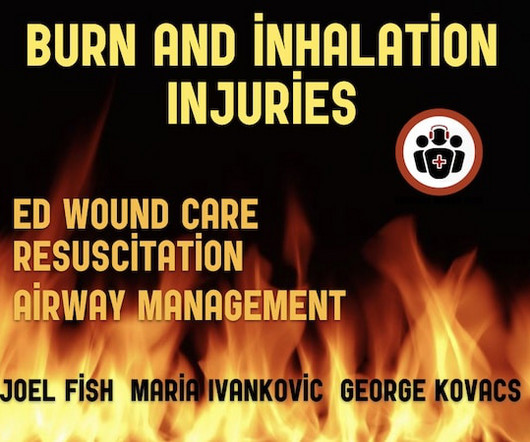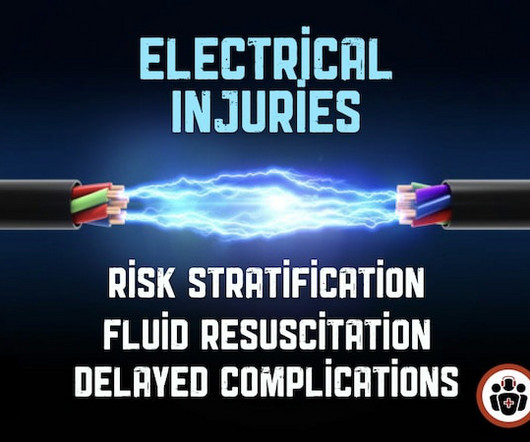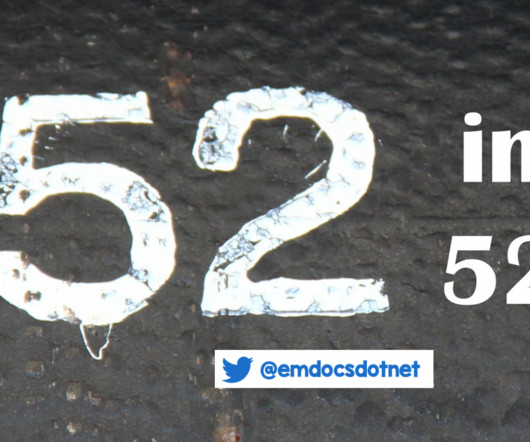REBEL Core Cast 102.0 – Burn Management
RebelEM
MAY 24, 2023
Take Home Points The Parkland formula can be used to be a guide for initial fluid resuscitation. This is based on second- and third-degree burns (not first-degree). Utilize response to treatment as a guide to continue fluid resuscitation. Prophylactic antibiotics can be avoided in most burn cases.















Let's personalize your content